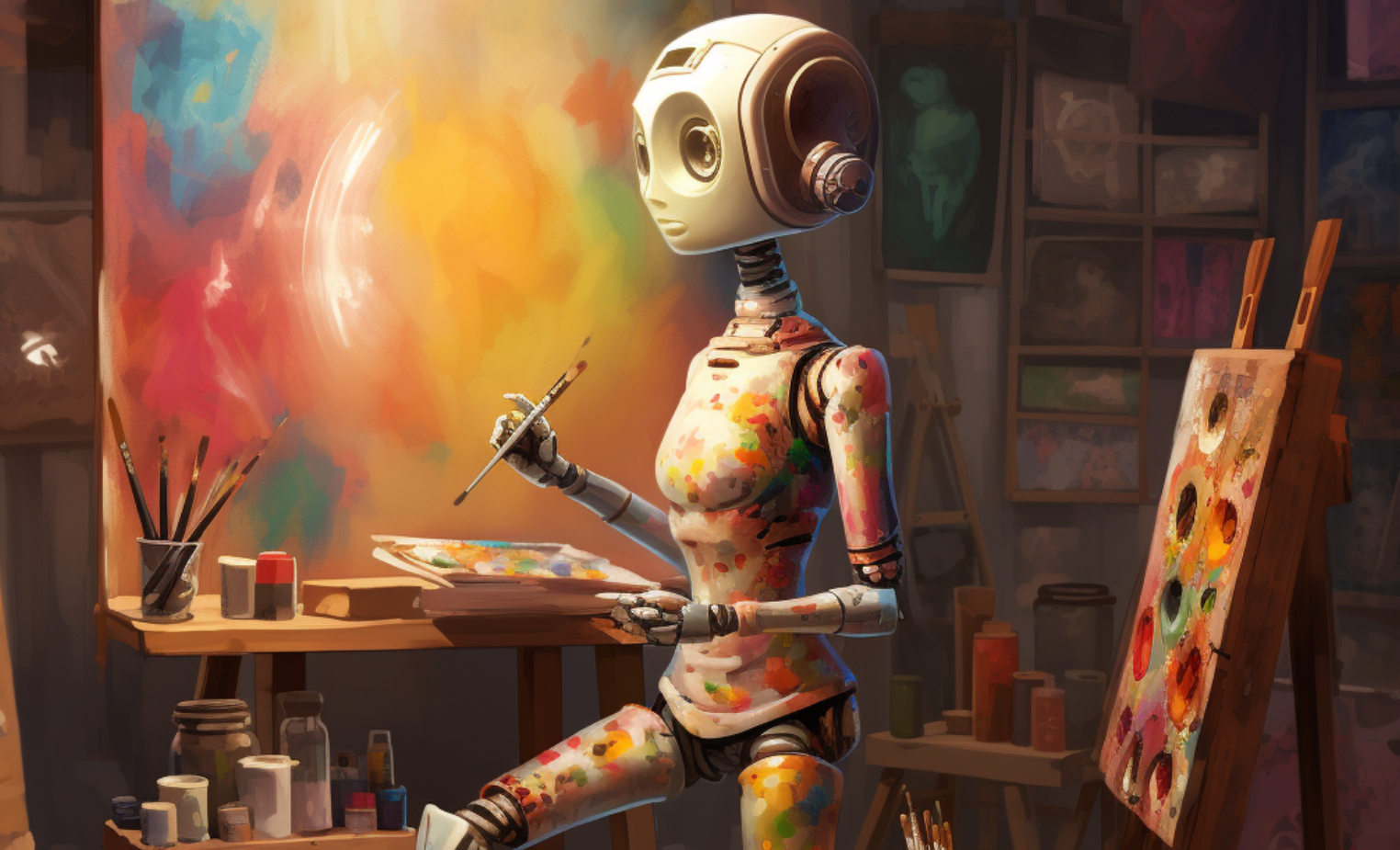Artificial Intelligence (AI) is transforming the workplace. AI-powered creative automation tools are becoming essential for businesses to stay competitive and efficient. These tools handle repetitive tasks, improve workflow, and support decision-making, allowing employees to focus on more strategic activities.
What Are AI Creative Automation Tools?
AI creative automation tools are software applications that use machine learning and other AI techniques to perform tasks requiring creativity. Examples include generating content, editing videos, designing visuals, and managing marketing campaigns.
Some popular tools include:
- Canva: Simplifies graphic design with AI-powered templates and design suggestions.
- Jasper AI: Generates written content like blog posts, emails, and product descriptions.
- Adobe Sensei: Enhances creative workflows by automating photo editing and providing design suggestions.
Why Should You Use These Tools?
AI creative automation tools can:
- Save Time: Automate repetitive tasks like resizing images or creating variations of content.
- Reduce Costs: Minimize the need for external freelancers or agencies.
- Increase Productivity: Free up your time for more strategic and creative projects.
- Improve Quality: Use AI to analyze trends and ensure consistency in content.
Key Benefits in Different Workplace Scenarios
Content Creation tools
Creating engaging content consistently can be a challenge. AI tools help by:
- Generating Ideas: Tools like ChatGPT or Jasper AI can suggest blog topics and headlines.
- Writing Drafts: These tools draft blog posts, captions, or email copy, saving hours of effort.
- Editing and Proofreading: Grammarly and Hemingway improve the clarity and accuracy of your writing.
Example: A marketing team uses Jasper AI to create weekly newsletters. Instead of spending hours writing from scratch, the team only needs to review and customize the drafts, cutting production time in half.
Graphic Design
Not everyone is a professional designer. AI tools make it easier to create appealing visuals.
- Design Templates: Tools like Canva provide pre-made templates for social media, presentations, and more.
- Automated Adjustments: Adobe Sensei adjusts image settings automatically for optimal quality.
- Customization: AI personalizes designs based on your brand guidelines.
Example: A small business uses Canva’s templates to create social media graphics. With AI-driven suggestions, they maintain a consistent look across platforms without hiring a designer.
Video Editing
Video content requires time and skill. AI simplifies this process:
- Auto-Editing: Tools like Runway AI can trim, edit, and enhance videos with minimal input.
- Captions and Subtitles: AI generates accurate captions quickly, improving accessibility.
- Visual Effects: AI adds filters, transitions, and effects without manual effort.
Example: A content creator uses Runway AI to edit short videos for social media. The tool automatically applies transitions and optimizes video quality, reducing editing time by 60%.
Common Challenges and Solutions
Fear of Job Replacement
Some employees worry that automation might replace their roles. Instead, these tools often complement human creativity, enhancing productivity and job satisfaction.
Solution: Highlight how these tools assist rather than replace workers. Offer training to help your team integrate AI into their workflows.
Learning Curve
New tools can be intimidating.
Solution: Start with user-friendly platforms like Canva or Grammarly. Provide step-by-step guides and tutorials.
Cost Concerns
Budget constraints may limit access to advanced tools.
Solution: Many tools offer free versions with basic features. Evaluate your needs and invest in upgrades only when necessary.
Future Trends
AI creative automation is evolving rapidly. Emerging trends include:
- Personalization at Scale: AI will generate more tailored content based on user preferences.
- Voice and Video: AI-powered tools will make creating voiceovers and video scripts even easier.
- Collaboration Tools: AI will enhance team collaboration by suggesting edits and ideas in real time.
How Can You Get Started?
- Identify Needs: List repetitive tasks you’d like to automate.
- Explore Tools: Research tools that fit your requirements.
- Start Small: Test one tool and evaluate its impact.
- Provide Training: Ensure your team understands how to use the tools effectively.
- Measure Success: Track time savings, cost reductions, and productivity improvements.
Questions to Consider
- What repetitive tasks take up most of your time?
- Could AI tools help you create content faster or improve its quality?
- Are you willing to invest time in learning new tools?
- How can these tools align with your long-term goals?
AI creative automation tools are reshaping the workplace. By adopting these tools, you can improve efficiency, enhance creativity, and focus on tasks that truly matter.




Leave a Reply